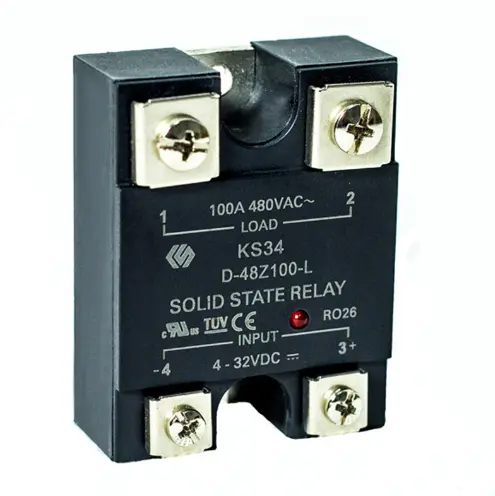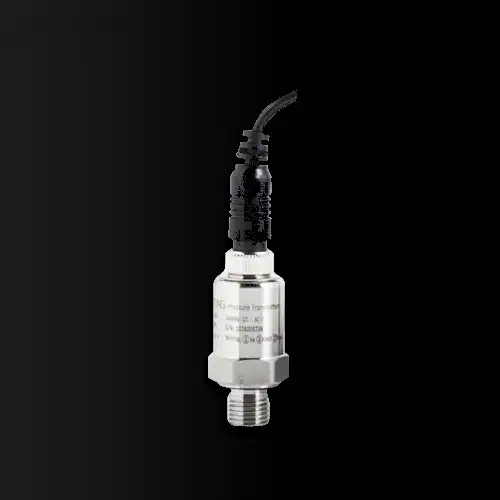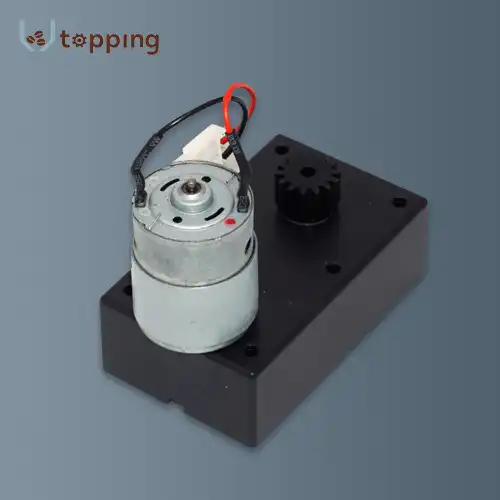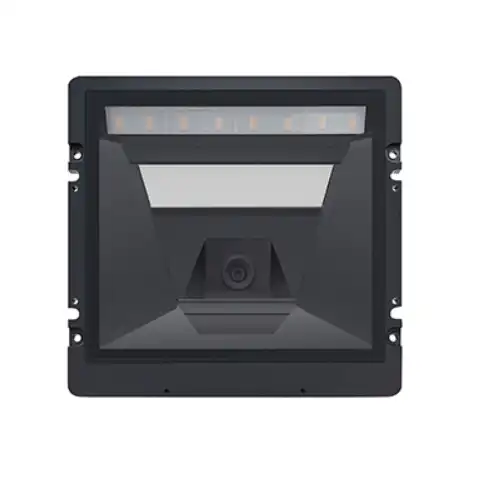What is a coffee brewing Unit Dimension ?
2024-08-28 09:28:04
The coffee brewing unit dimension refers to the physical size of the component responsible for extracting flavor from coffee grounds in a coffee machine. This crucial element is often considered the heart of any coffee brewing equipment. The dimensions of a coffee brewing unit are typically expressed in terms of length, width, and height, usually measured in millimeters or inches.
Understanding the size parameters of a coffee brewing unit is essential for several reasons. Firstly, the dimensions directly impact the machine's overall footprint, which is crucial for space planning in both home and commercial settings. Secondly, the size of the brewing unit can influence the machine's capacity, affecting how much coffee it can produce in a single brewing cycle. Lastly, the dimensions play a role in the unit's internal design, which can impact the brewing process and, consequently, the quality of the coffee produced.
The length of a coffee brewing unit typically determines how much horizontal space the unit occupies within the machine. This dimension can affect the machine's overall width and may influence factors such as water distribution over the coffee grounds. The width of the unit, often correlated with its diameter in cylindrical designs, can impact the amount of coffee grounds that can be accommodated, thus affecting brew strength and volume. The height of the brewing unit is crucial for determining the vertical space required within the machine and can influence factors such as water pressure and flow rate during the brewing process.

Influencing factors
Several factors influence the dimensions of a coffee brewing unit. One of the primary considerations is the brewing method employed by the machine. Different brewing techniques require varying amounts of space and specific configurations to achieve optimal results.
For instance, drip filtration systems, common in many household coffee makers, often have relatively compact brewing units. These units typically consist of a brew basket that holds a paper or reusable filter filled with coffee grounds. The dimensions of these units are designed to accommodate standard filter sizes and provide efficient water distribution over the grounds.
On the other hand, espresso machines, which use pressure to force hot water through finely-ground coffee, often have more substantial brewing units. These units, also known as group heads, need to be robust enough to withstand high pressure and are designed to create the perfect environment for espresso extraction. The size of these units can vary depending on the machine's capacity and whether it's designed for home or commercial use.
Siphon brewers, which use vacuum and vapor pressure for extraction, have unique brewing unit designs. These often include a globe-shaped upper chamber and a lower chamber connected by a narrow neck. The dimensions of these components are crucial for creating the correct pressure differentials needed for this brewing method.
Another significant factor influencing the size of the coffee brewing unit is the ratio of coffee to water. Machines designed to brew larger volumes of coffee will naturally require larger brewing units to accommodate more grounds and water. This is particularly relevant in commercial settings where high-volume output is necessary.
The type of brewing equipment, whether for household or commercial use, also plays a role in determining the brewing unit's dimensions. Home coffee makers generally have smaller brewing units, designed for occasional use and limited counter space. Commercial machines, on the other hand, often feature larger, more robust brewing units capable of withstanding constant use and producing higher volumes of coffee.
size standard
While there isn't a universal standard for coffee brewing unit dimensions, certain norms have emerged within the industry for different types of coffee makers and brewing methods. These standards help ensure compatibility with filters, portafilters, and other accessories, while also meeting consumer expectations for brew quality and volume.
For drip coffee makers, a common brew basket size is approximately 3.25 inches in diameter at the top, tapering to about 2.25 inches at the bottom, with a height of around 2.5 inches. These dimensions are designed to accommodate standard #4 cone filters, which are widely used in household coffee makers.
In the world of espresso, the standard portafilter size for commercial machines is typically 58mm in diameter. However, there's variation in this field, with some machines using 53mm, 54mm, or even 60mm portafilters. The depth of the portafilter basket can also vary, usually ranging from 20mm to 25mm, affecting the amount of ground coffee that can be used for each shot.
For commercial batch brewers, which are common in restaurants and cafes, brewing baskets often have a diameter of about 7 inches and a depth of around 4 inches. These larger dimensions allow for brewing larger quantities of coffee at once.
When choosing the right size for your specific needs, consider the following factors:
1. Brewing method: Ensure the dimensions are appropriate for your preferred brewing technique.
2. Volume requirements: Choose a size that can produce the amount of coffee you typically need.
3. Available space: Consider the overall dimensions of the coffee maker and ensure it fits in your intended location.
4. Compatibility: If you're replacing a brewing unit, ensure the new unit is compatible with your existing machine.
5. Cleaning and maintenance: Larger units may be more challenging to clean, so factor in ease of maintenance when making your choice.
coffee brewing Unit manufacturers
Topping Motor alia has more than 10 years of experience and boasts dimensions of 230x103x202 (length × width × height). If you are choosing your coffee brewing Unit manufacturers, welcome to contact us at sales@huan-tai.org.
When selecting a coffee brewing unit manufacturer, consider factors such as the quality of materials used, precision of manufacturing, compatibility with your existing equipment, and after-sales support. It's also important to ensure that the dimensions of the brewing unit match your specific needs and the capabilities of your coffee machine.
References
1. Illy, A., & Viani, R. (2005). Espresso Coffee: The Science of Quality. Academic Press.
2. Specialty Coffee Association. (2018). Brewing Control Chart.
3. Petracco, M. (2001). Technology IV: Beverage preparation: brewing trends for the new millennium. In R. J. Clarke & O. G. Vitzthum (Eds.), Coffee: Recent Developments. Blackwell Science.
4. Lingle, T. R. (2011). The Coffee Brewing Handbook. Specialty Coffee Association of America.
5. Espresso Machine Buying Guide. Seattle Coffee Gear.
Send Inquiry
Related Industry Knowledge
- How to deal with Vending machine cup dispenser empty?
- How Often Should You Replace Coffee Vending Machine Spare Parts?
- How to Fix Coffee Grinder Motor?
- What does a coffee sieve do?
- Coffee Sieve Sizes
- Do espresso machines have built-in grinders?
- Do coffee machines have grinders?
- Vending machine board repair service
- Can Coffee Beans Be Stored in a Grinder Hopper?
- Do coffee vending machines need a Water Tank?

.webp)




.webp)

.webp)

